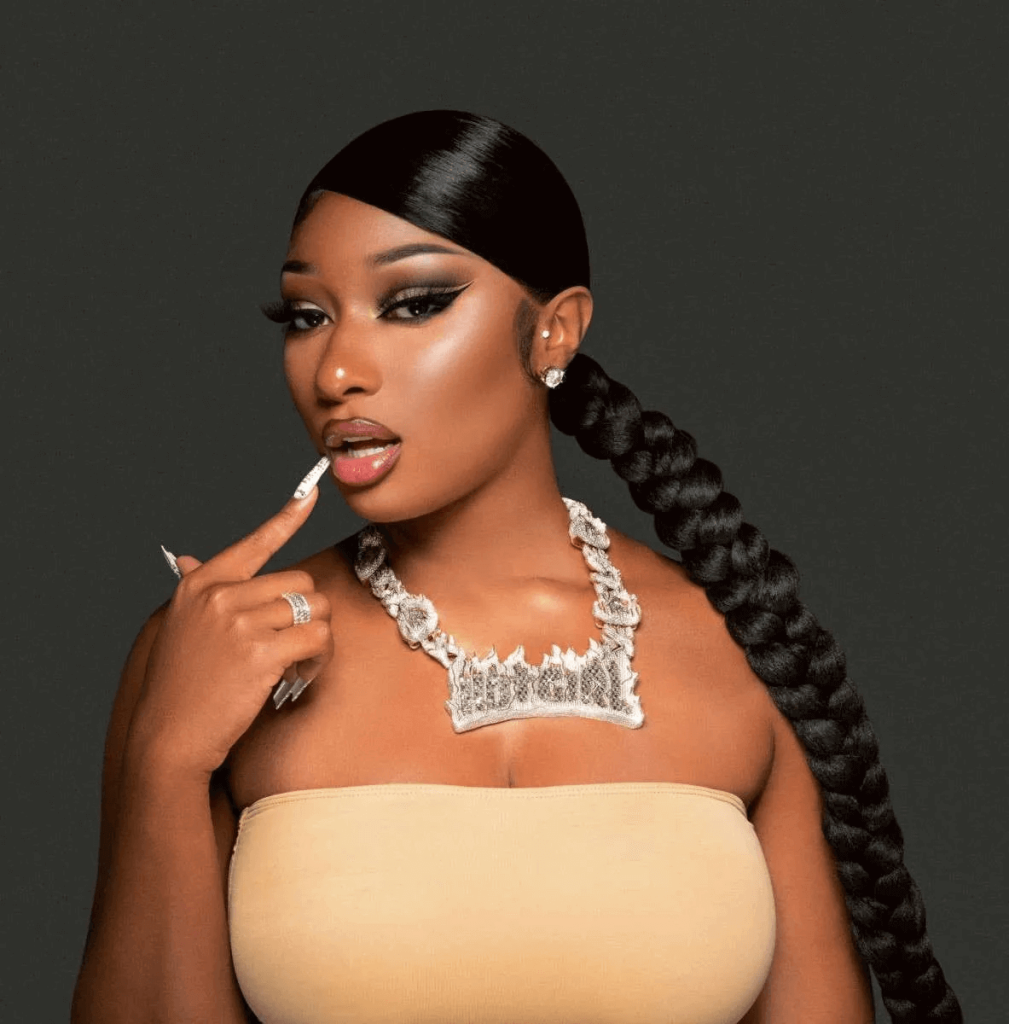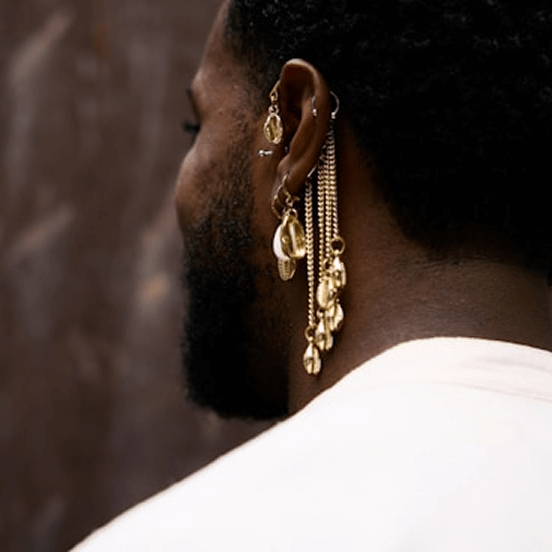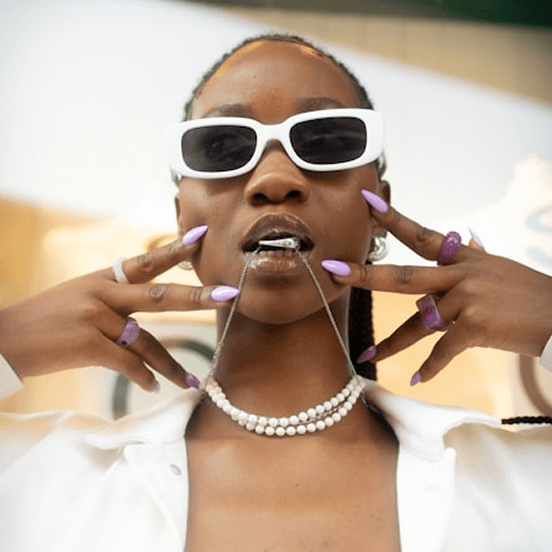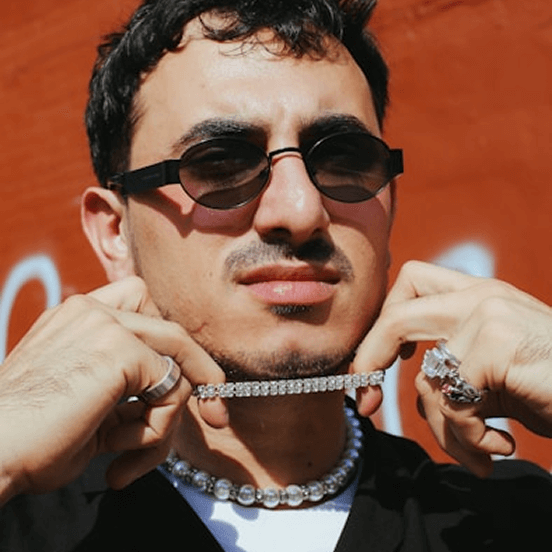
The Evolution of Cuban Link Chains in Hip Hop Culture
May 19, 2025Cuban link chains have become an iconic symbol in hip hop fashion. Their thick, interlocking patterns and heavy weight represent luxury, power, and street credibility. But how did these chains become so deeply embedded in hip hop culture?
1. Origins of the Cuban Link
The Cuban link chain traces its roots back to Miami in the 1970s and 80s. Originally derived from the standard curb chain, it quickly evolved into a more elaborate and heavier design. It became especially popular within Latin and African-American communities.
2. Hip Hop’s Embrace in the 80s and 90s
As hip hop grew, artists began adopting bold jewelry to showcase their success. Icons like Slick Rick, Big Daddy Kane, and Run-DMC wore Cuban links as part of their identity. The chain became a visual statement of wealth and respect.
3. The 2000s: Bigger and Bolder
In the 2000s, Cuban links got even more extravagant. Artists like 50 Cent, Rick Ross, and Fat Joe started wearing oversized, diamond-encrusted chains. This era emphasized quantity and shine — the more outrageous, the better.
4. Today’s Cuban Link Chains
Modern artists continue the tradition, but with personalized twists. From rose gold finishes to fully iced-out links, Cuban chains are now often customized to match an artist’s brand. They’re also worn in layers and paired with large pendants.
5. Symbolism and Influence
Beyond style, the Cuban link chain represents struggle, success, and cultural pride. It’s no longer just a trend — it’s a tradition passed through generations of hip hop artists and fans alike.
Conclusion
From Miami to music videos around the world, the Cuban link chain has evolved into a timeless symbol of hip hop culture. Whether simple or iced-out, it continues to define status and identity in the world of street fashion.








.svg)






